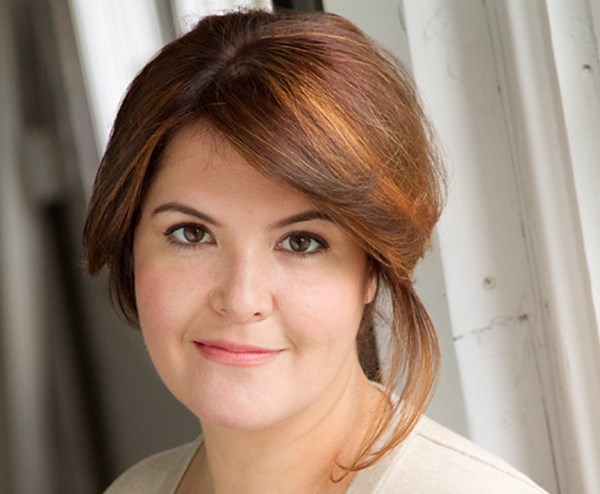I’ll admit it. I love champagne. It is generous, palate-cleansing, luxurious and beautiful. In the wise words of Napoleon Bonaparte, “In victory, you deserve champagne; in defeat, you need it.”
Champagne (which hails only from the Champagne region of France) is expensive. Especially vintage champagne. It was made the favourite beverage of the royal high courts in the 18th century. When the cork pops on a bottle of champagne, one is popping into a rich part of history. Many champagne houses still produce in the traditional way, with a lot of by hand manipulation, making it very expensive to produce. It remains the Rolls Royce of the wine world.
Non-vintage champagne means that the wine in the bottle comes from more than one year, and vintage champagne means that the juice in the bottle comes from a single vintage. It is made up of three grape varieties with various houses using different percentages of each: chardonnay, pinot meunier and pinot noir. A blanc de blancs is a champagne made with only the white grape chardonnay, and blanc de noirs is made from only the red grapes pinot meunier and pinot noir.
If I could, champagne would be part of my weekly regime, but alas, the pocketbook can only bear so much luxury. There are many other sparkling wines from various parts of the world that are wonderful and can substitute for opulence. Cava hails from Spain. It is a beautiful bubbly also made by the traditional méthode champenoise (in the same way champagne is produced). Chardonnay and pinot noir are used, as are some Spanish varieties like subirat and xarello. There are many cavas available at our local liquor stores, from rosés to whites.
Italy‚Äôs prosecco is still very much having a moment. It comes from the regions of¬Ý Veneto and Friuli Venezia Giulia and is made in the charmat method primarily from glera grapes. Champagne and cava are made with the secondary fermentation happening in the bottle, whereby prosecco‚Äôs secondary fermentation takes place in stainless steel tanks, making it much less expensive to produce. As in all wine ‚Äúrules,‚Äù there are exceptions, so look for m√©thode champenoise/traditionelle on any label to know for sure.
All this talk of far-flung places! We have just to look into our own backyards for exceptional sparkling wines made right here in –°¿∂ ”∆µ Summerhill has long been known for their bubble, with it aging in a high vibrational pyramid. Sumac Ridge and Gray Monk also make some tasty treats.
Australia and New Zealand are known for sparkling as well. Try sparkling shiraz from Aus and a sparkling sauv blanc from its sister New Zealand.
A word of caution: I would steer clear from sparkling wines made by gas injection, read El Baby Ducko. Hangovers and upset tummies await!
The best thing about sparkling is the joy that it brings. The pop of that cork makes everyone feel alive and uplifted. Having champagne glasses on hand lend to more bubble and more cause to celebrate this precious life we live. Bring a bottle of bubble to your next dinner party. Pop the cork and catch the smiles.
Sabering in the way of the cavalry from the French revolution is a great way to really get things going. Make sure you do it wearing protective eye gear – and preferably outdoors.
Sparkling is absolutely the best wine pairing for all occasions.
Don’t know what your host is serving? Sparkling. Canapés? Sparkling. Anything fried? Sparkling. Strawberries.... yep. sparkling! My favourite: Sparkling and chips.
I leave you with the wise words of Jared M. Brown, well known author of fabulous mixology and drink guides: “Pour the champagne and let its mousse rise, like thousands of sparkling smiling eyes.” To your good health!




